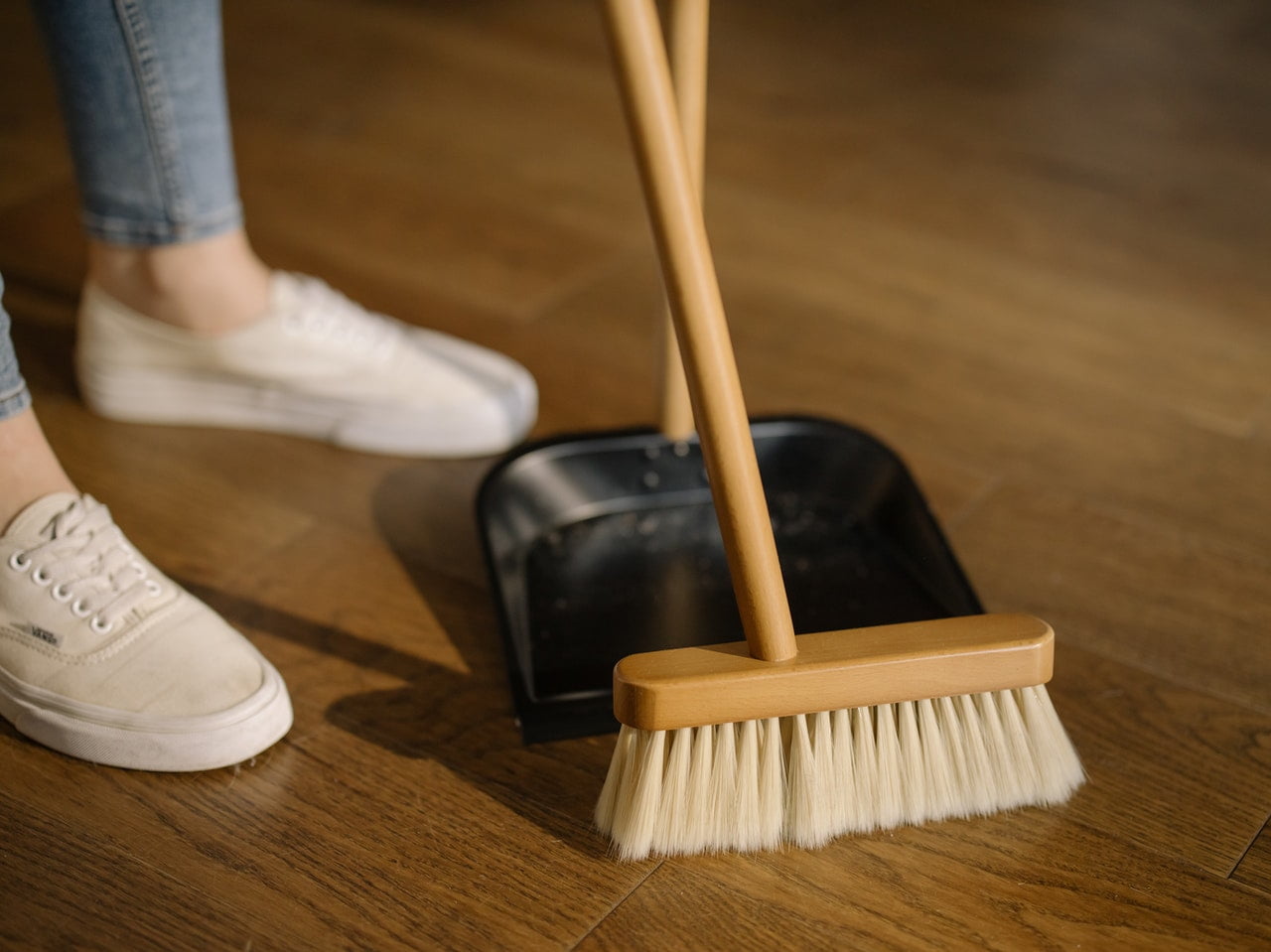Pressure washing is one great way to perform proper house washing and help prevent destructive contaminants from accumulating in the home. It also helps to improve the home’s curb appeal and resale value. However, if it is not done properly, it may end up doing more harm than good.
Suppose you are thinking of pressure washing your home any time soon; here are nine pressure washing mistakes to avoid.
Cleaning Out Of Order
Cleaning out of order is one of the common mistakes many make when pressuring washing. Although this may not lead to permanent damage to the home, it is surely going to frustrate you. To avoid unwanted stress, ensure you abide by the right cleaning order, such as cleaning from the top down.
For instance, if you decide to powerwash your driveways and walkway before doing the roof or the siding, you may need to redo the driveway again. This is simply because you will end up rinsing most of the dirt and residue from the roof down to the driveway and walkway. This will not only stress you, but it will also make the work slower.
To avoid situations like this, and for the best result, it is best to start your pressure cleaning from the roof, then the siding, followed by other flat surfaces like the walkways and driveways.
Using The Wrong Cleaning Solution
Another common mistake people make is pressure washing with the wrong cleaning solution. When you clean with the wrong cleaning solution, you could expose yourself to more problems, which could make mold formation worse.
You should also take note of the mixing ratio you are using. When mixing your washing solution, ensure you use the right water-to-cleaner ratio. Adding excess water to your cleaning solution will not only reduce the cleaning power of your cleaning solution, but it could also even spread the mold spores if you have mold growth instead of killing them.
Also, some cleaning solutions could be harmful to your plants if mixed in excess or if you use the wrong one. To get the best result from pressure washing, ensure you use the right detergent or chemical cleanser and continually apply it based on the product’s instructions.
Using Too Much Pressure
Using too much pressure when washing could cause damages to some parts of your building, such as punching a hole in vinyl siding, splinter wood, or etch concrete. To avoid such damages, ensure you adjust the pressure level on your power washer. Also, ensure you are some distance away from any surface you are washing.
Not Protecting Landscaping
When pressure washing, ensure you protect the landscaping you are washing. You should start by wetting down the adjacent plantings thoroughly with a garden hose. With this, the cleaning solution you use won’t dry on the plants and leave burn marks. If the pressure washing project takes longer than planned, ensure you water the plants again in between the pressure washing. However, if the chemicals you are using are very harsh, you should protect your plants with a tarp instead.
Power-Washing Painted Surfaces
It would be best if you were careful with painted surfaces when power washing. This is because some old painted surfaces may not be able to withstand even gentle power-washing. Also, if you notice that a painted surface has been exposed to sunlight for long periods, you may want to avoid using a power washer on it.
Pressure Washing Mold-Prone Surfaces
When pressure washing, take note of some surfaces like drywall or fabrics. These surfaces are prone to mold formation because they hardly dry out completely after being power-washed. Try to avoid such surfaces, and if you need to wash them, ensure you wash them during the day when the sun is out and use an external dryer to help remove excess water.
Using Hot Water
When pressure washing, avoid using hot water with your pressure washer. Many commercial power-washing contractors may use hot water for industrial pressure washing applications because it makes the cleaning process faster. However, this may not work well with residential pressure washing. This is because commercial exteriors are sturdier than residential exteriors. If you are not careful, you could damage some elements like your shingles or cedar shakes by using hot water when power-washing.
Not Knowing Your Equipment
The type of pressure washing equipment you use determines the result you get. If you don’t know how to use certain equipment properly, you may end up doing severe damage when power-washing. To avoid this, ensure you read through the demonstration or instruction manual of any equipment you are using thoroughly.
Doing It Yourself Without The Knowledge Of How It’s Done
Many people will insist on doing their pressure washing themselves even if they don’t know how to, to save some money. However, this may not end up well, as you could be doing more damage than good. If you don’t have the knowledge or experience to perform your pressure washing effectively, employ the services of a professional.
Visit : Amazon Prestige Quiz
